The general goal is to firmly ensure national energy security, meet the requirements of socio-economic development and industrialization and modernization of the country, ensure national defense and security, improve people's lives, and protect the ecological environment.
Successfully implementing energy transition contributes significantly to meeting the goal of net zero emissions by 2050. The energy sector develops harmoniously between sub-sectors with synchronous and smart infrastructure, reaching the advanced level of the region, in line with the world's scientific and technological development trend.
The plan also mentions the development of an independent and autonomous energy industry; forming a comprehensive energy industry ecosystem based on renewable energy and new energy, aiming to become a clean energy industry center and a renewable energy export center of the region.
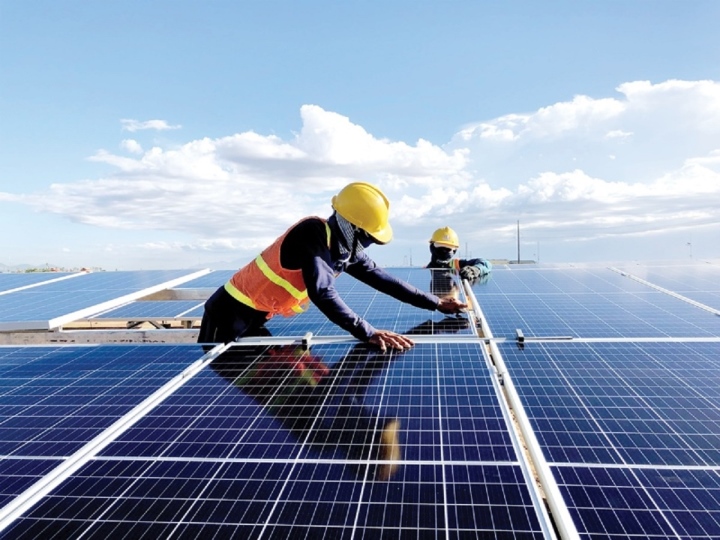
Deputy Prime Minister Tran Hong Ha signed Decision No. 893/QD-TTg approving the National Energy Master Plan for the 2021-2030 period, with a vision to 2050. (Illustration photo)
Regarding ensuring national energy security, the Plan aims to provide enough domestic energy demand, meeting the socio-economic development target with an average GDP growth rate of about 7%/year in the period 2021 - 2030, about 6.5 - 7.5%/year in the period 2031 - 2050: Total final energy demand is 107 million tons of oil equivalent in 2030 and reaches 165 - 184 million tons of oil equivalent in 2050.
Total primary energy supply is 155 million tonnes of oil equivalent in 2030 and 294-311 million tonnes of oil equivalent in 2050.
Increase the total national petroleum reserves (including crude oil and products) to 75 - 80 days of net imports by 2030. After 2030, consider gradually increasing the reserve level to 90 days of net imports.
Regarding equitable energy transition, the Plan targets the proportion of renewable energy in total primary energy at 15-20% by 2030 and about 80-85% by 2050.
Energy savings of about 8 - 10% by 2030 and about 15 - 20% by 2050 compared to the normal development scenario.
Notably, greenhouse gas emissions are about 399 - 449 million tons in 2030 and about 101 million tons in 2050. The target is to reduce greenhouse gas emissions by 17 - 26% in 2030 and about 90% in 2050 compared to the business-as-usual scenario. Aiming to reach peak emissions in 2030, provided that commitments under JETP are fully and substantially implemented by international partners.
Regarding the development of the energy industry, the Plan strives to exploit and effectively use domestic energy resources: Crude oil exploitation output in the period of 2021 - 2030 will reach 6.0 - 9.5 million tons/year.
The orientation for the period 2031 - 2050 is to reach 7.0 - 9.0 million tons/year. The natural gas exploitation output for the period 2021 - 2030 is to reach 5.5 - 15 billion m3/year.
The orientation for the period 2031 - 2050 is to reach 10 - 15 billion m3/year. Coal mining output for the period 2021 - 2030 is about 41-47 million tons of commercial coal/year.
Orientation for the period 2031 - 2050, about 39 million tons of commercial coal in 2045, about 33 million tons of commercial coal in 2050.
Strive to put into trial operation the Red River Coal Basin before 2040 and move towards industrial-scale exploitation before 2050 (if the trial is successful).
At the same time, focus on developing the energy industry towards becoming a clean energy industry center and exporting renewable energy in the region, forming and developing renewable energy centers in regions and localities with advantages.
By 2030, strive to form and develop a number of clean energy centers including energy production and use, renewable energy equipment manufacturing industry, oil and gas processing, construction, installation, and related services in the North, South Central, and South when favorable conditions exist.
Develop new energy production to serve domestic and export needs. By 2030, strive to have a green hydrogen production capacity of about 100 - 200 thousand tons/year. By 2050, the green hydrogen production capacity is expected to be about 10-20 million tons/year.
To achieve the above objectives, the Plan sets out 6 implementation solutions, including: Solutions on capital mobilization and allocation; Solutions on mechanisms and policies; Solutions on environment, science and technology; Solutions on human resource development; Solutions on international cooperation; Solutions on organization, implementation and supervision of the implementation of the plan.
PHAM DUY
Useful
Emotion
Creative
Unique
Wrath
Source



![[Photo] Magical moment of double five-colored clouds on Ba Den mountain on the day of the Buddha's relic procession](https://vphoto.vietnam.vn/thumb/1200x675/vietnam/resource/IMAGE/2025/5/9/7a710556965c413397f9e38ac9708d2f)
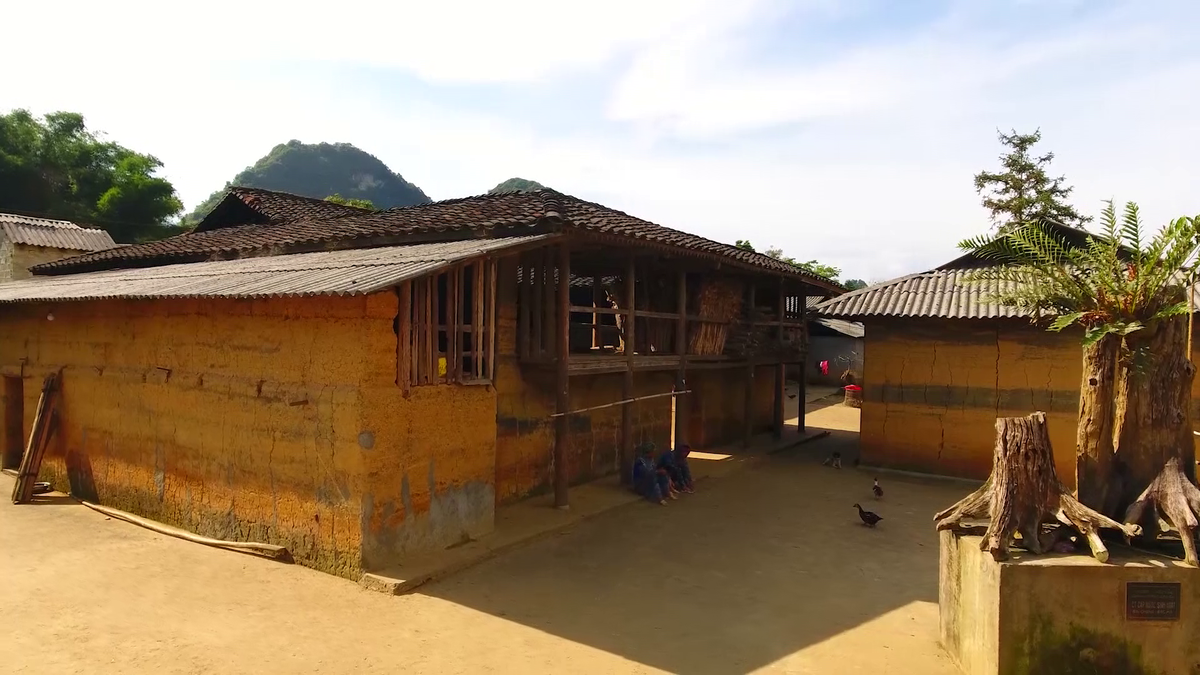










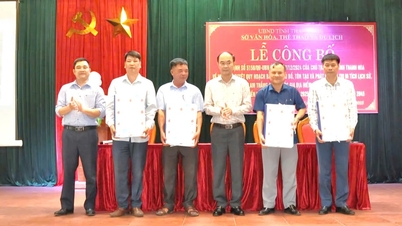

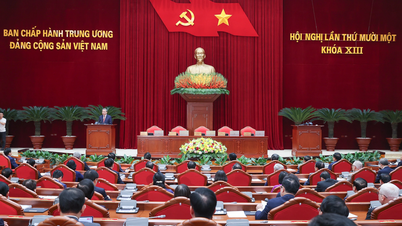

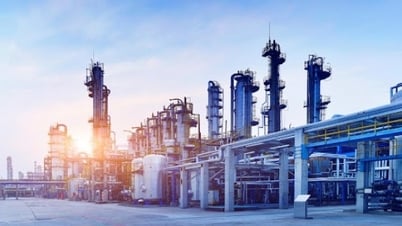
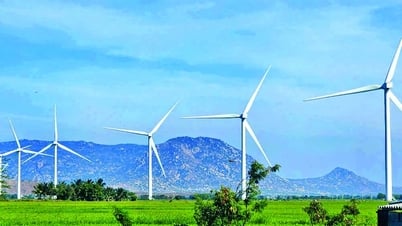














![[Photo] General Secretary To Lam begins official visit to Russia and attends the 80th Anniversary of Victory over Fascism](https://vphoto.vietnam.vn/thumb/1200x675/vietnam/resource/IMAGE/2025/5/8/5d2566d7f67d4a1e9b88bc677831ec9d)
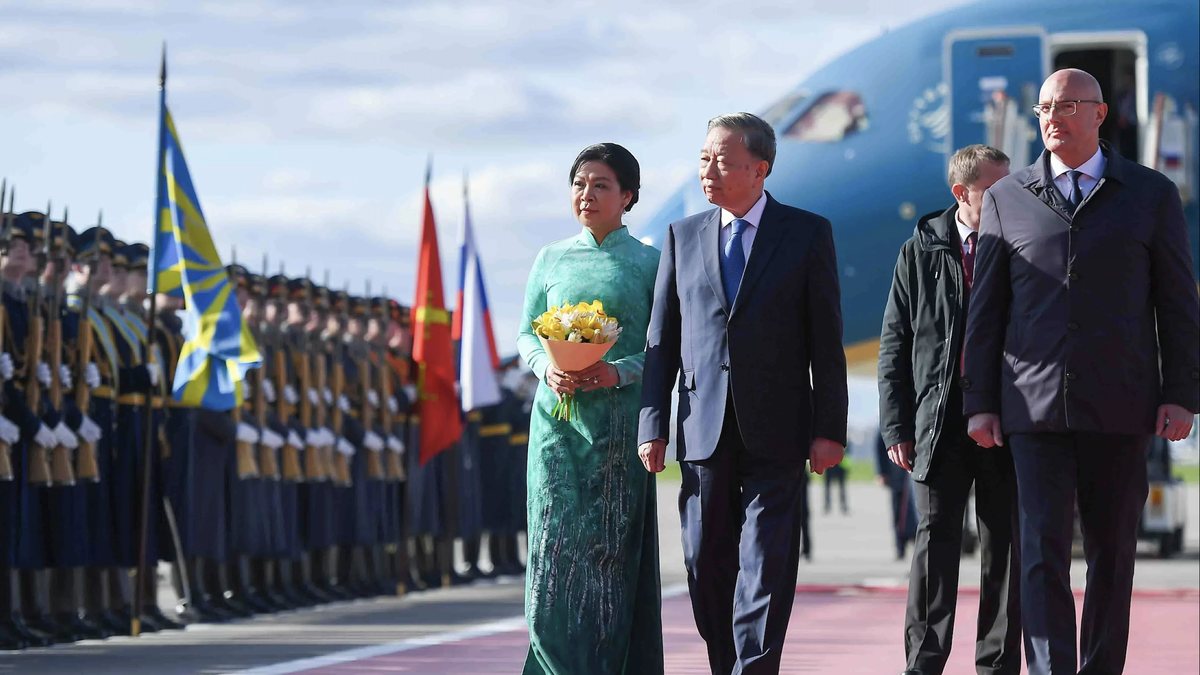





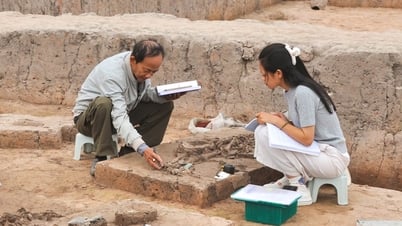

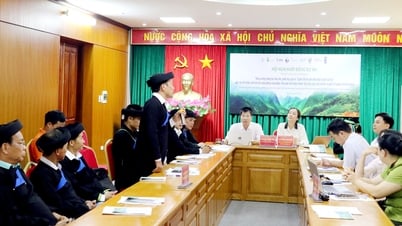




































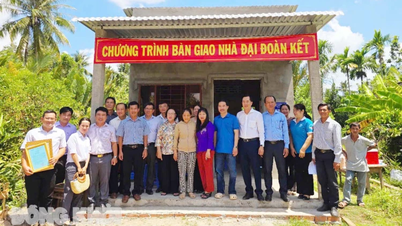





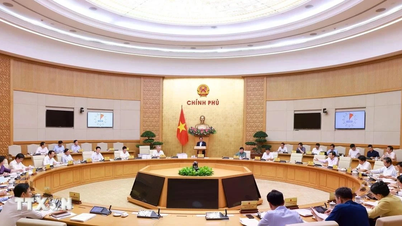












Comment (0)